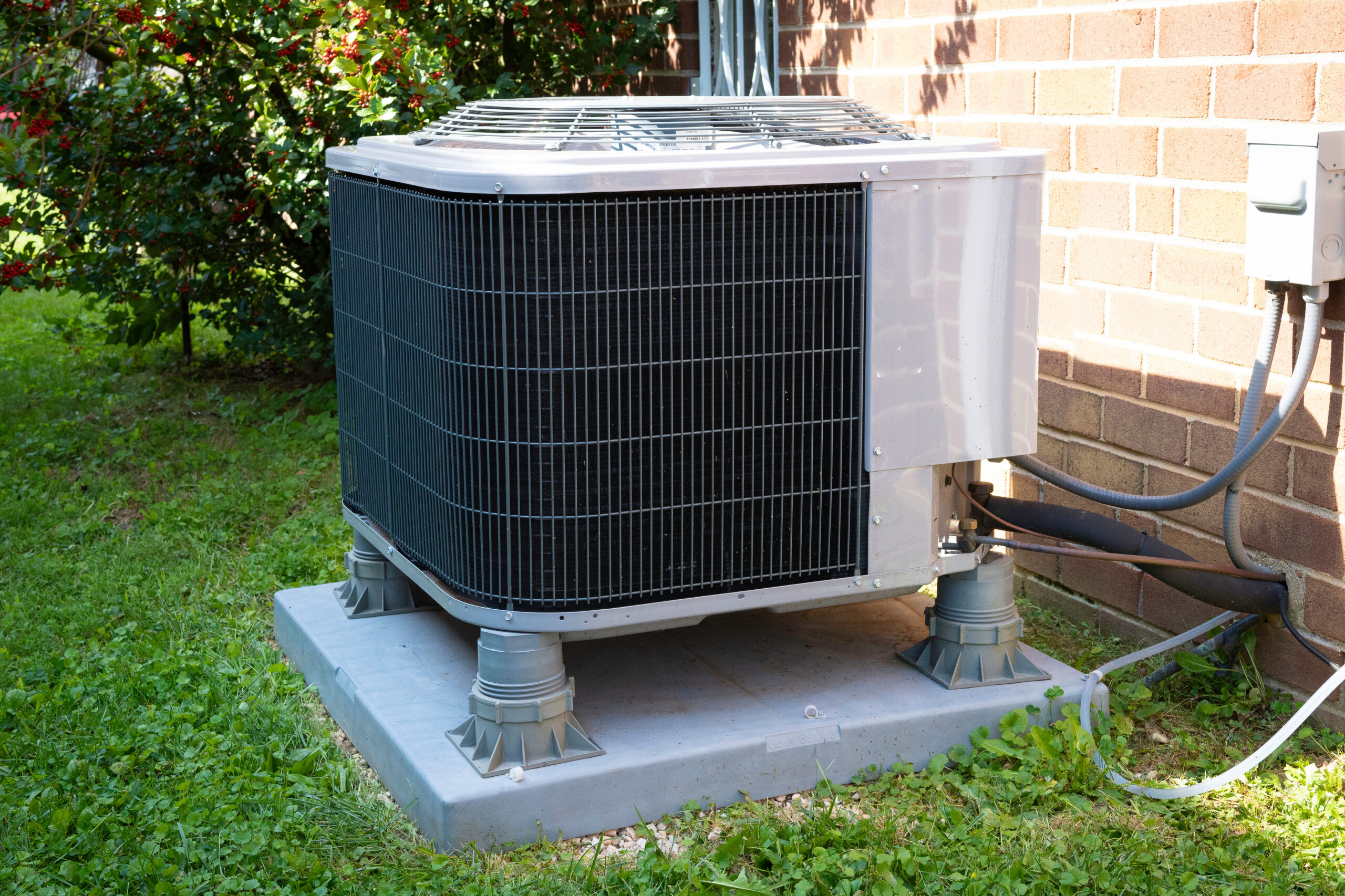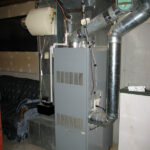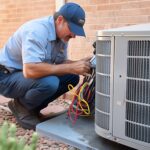The HVAC industry is on the cusp of significant change as we approach 2025, with new refrigerant regulations set to redefine heating, cooling, and refrigeration systems across the globe. At Ross & Witmer, we’re committed to keeping our Charlotte community informed and prepared for these upcoming changes. This blog will explore the transition to R32 and R454b refrigerants, outlining what these changes mean for homeowners and businesses alike.
Understanding the Shift
The move towards new refrigerants like R32 and R454b is driven by global efforts to reduce the environmental impact of HVAC systems. Traditional refrigerants, such as R22 and R410A, have been found to contribute significantly to global warming and ozone depletion. In response, the industry is shifting to more eco-friendly alternatives that offer lower Global Warming Potential (GWP) and better energy efficiency.
R32: A Leading Choice
R32 is quickly becoming a preferred refrigerant choice for many manufacturers due to its lower GWP, approximately one-third that of R410A. This shift not only supports environmental sustainability but also enhances system efficiency. R32’s properties allow for more compact system designs and reduced energy consumption, leading to lower electricity bills for consumers. However, it’s worth noting that R32 is mildly flammable, necessitating careful handling and installation practices.
R454b: The Next Generation Refrigerant
R454b is emerging as another promising alternative, especially for those seeking the lowest possible GWP without sacrificing performance. With a GWP even lower than R32, R454b is designed to meet future environmental regulations while providing high efficiency and safety in residential and commercial HVAC systems. It’s considered one of the best long-term solutions for heat pumps and air conditioning units, combining environmental benefits with operational excellence.
What These Changes Mean for You
As we transition to R32 and R454b, homeowners and businesses can expect several key benefits:
- Environmental Impact: By switching to refrigerants with lower GWP, we can significantly reduce our carbon footprint and contribute to a healthier planet.
- Energy Efficiency: Newer refrigerants are not only better for the environment but also for your wallet. Systems using R32 or R454b are more energy-efficient, leading to reduced energy costs.
- Future-Proofing: Investing in systems that use R32 or R454b ensures compliance with future regulations, avoiding the need for costly retrofits or replacements.
Ross & Witmer: Your Partner in Refrigerant Transition
At Ross & Witmer, we understand the importance of staying ahead of industry changes. Our team is fully equipped to assist you in transitioning to HVAC systems that utilize R32 or R454b, ensuring you benefit from the latest advancements in refrigerant technology. Whether you’re installing a new system or planning to upgrade your existing setup, we’re here to provide expert advice and top-notch service.
Embrace the Future with Confidence
The shift to R32 and R454b refrigerants marks a significant step forward in our industry’s commitment to sustainability and efficiency. As these changes unfold, Ross & Witmer is dedicated to ensuring our clients in Charlotte and beyond are fully prepared to embrace these new standards. Contact us today to learn more about how these refrigerant changes can benefit you and how we can help you navigate this transition smoothly.



